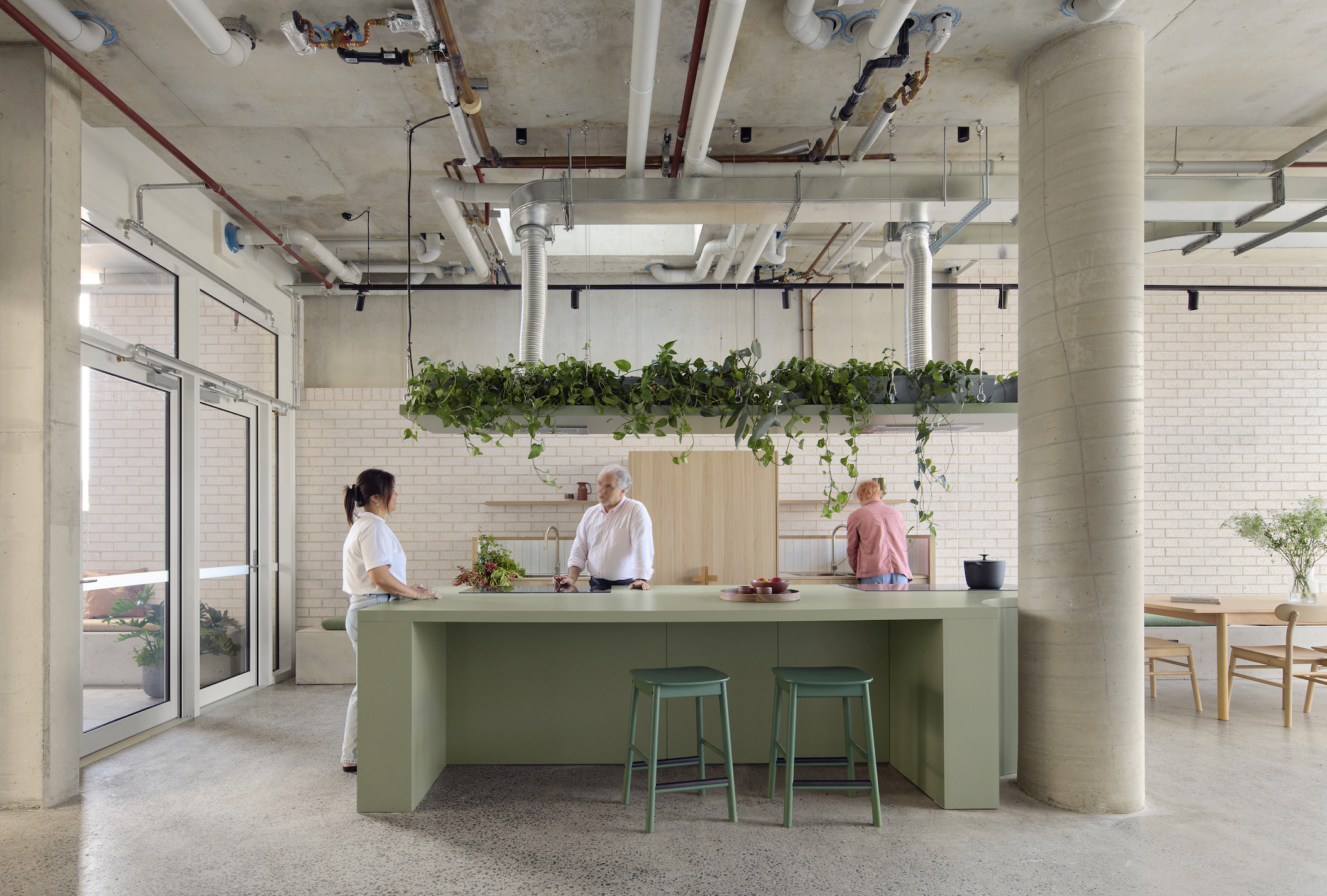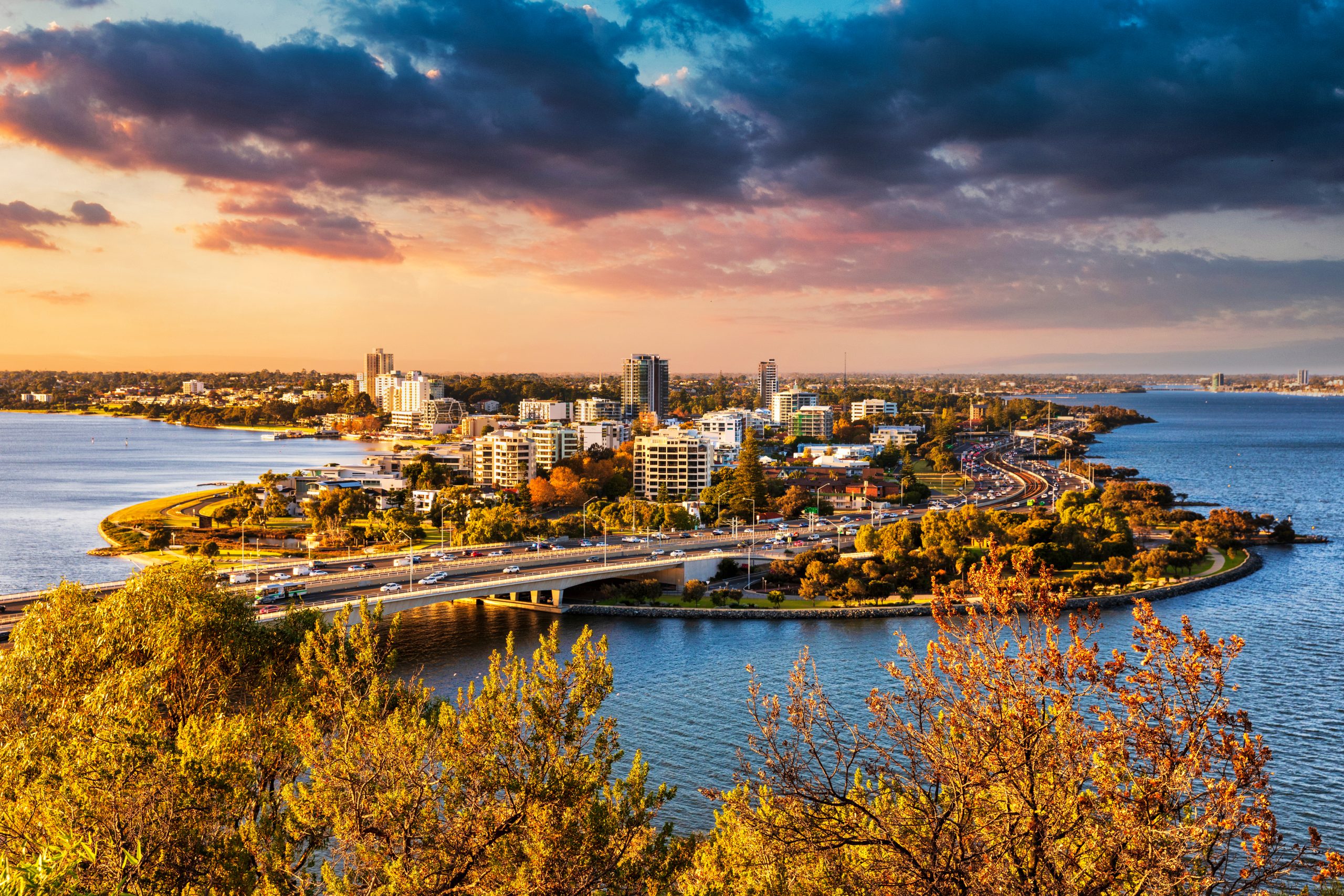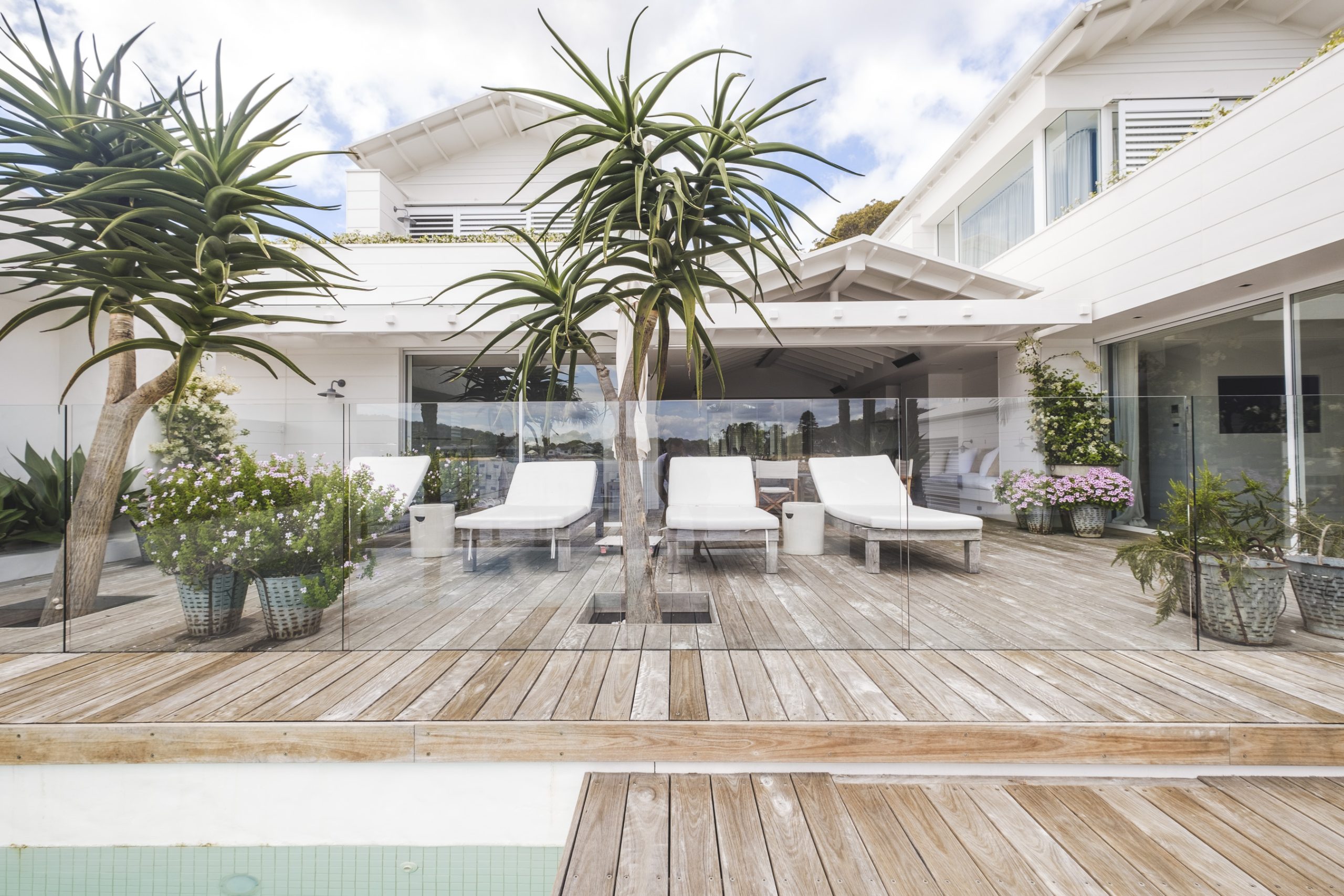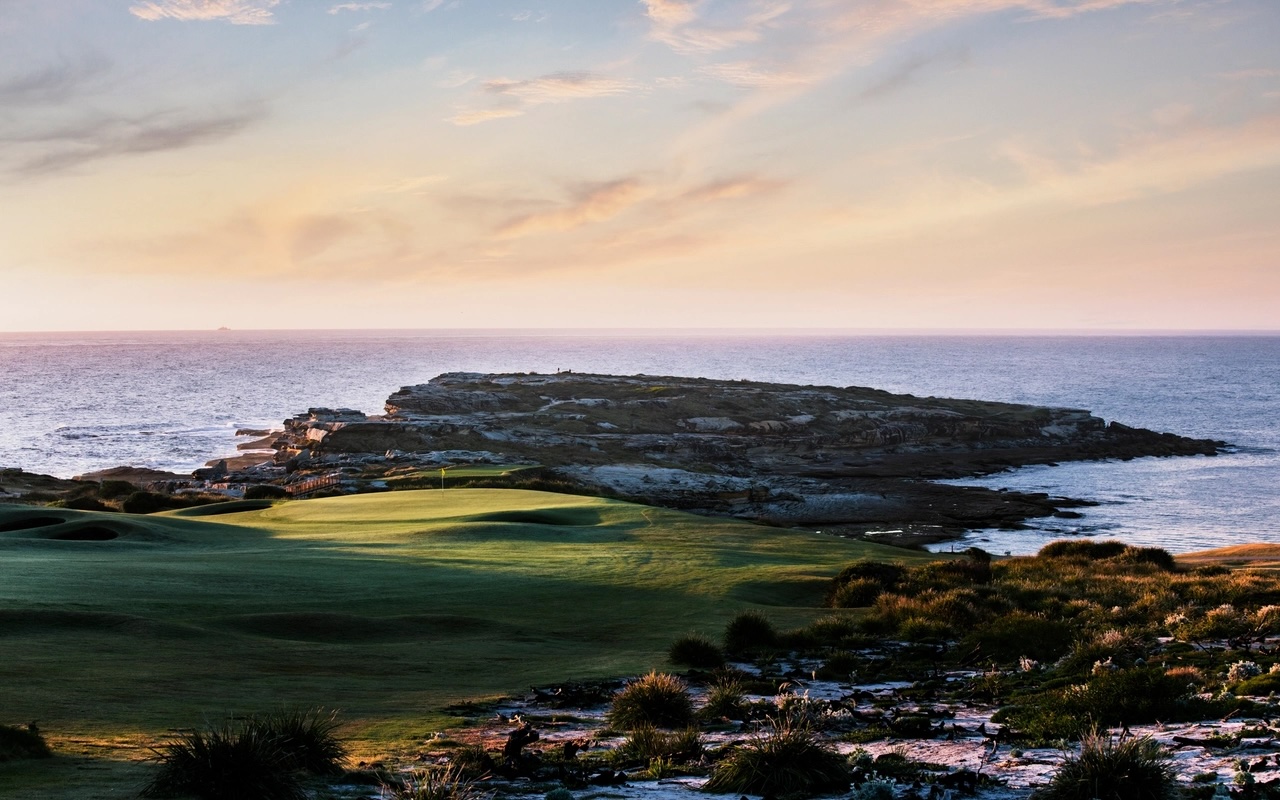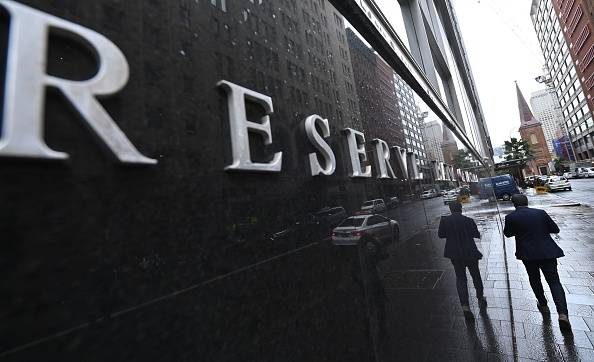The new Australian housing model investors can’t get enough of
Savvy high net worth players from Australia and Asia are getting on board as the residential landscape shifts
Build-to-rent (BTR) residential property has emerged as one of the key sectors of interest among institutional and private high-net-worth investors across the Asia-Pacific region, according to a new report from CBRE. In a survey of 500 investors, BTR recorded the strongest uptick in interest, particularly among investors targeting value-added strategies to achieve double-digit returns.
CBRE said the residential investment sector is set to attract more capital this year, with investors in Japan, Australia and mainland China the primary markets of focus for BTR development. BTR is different from regular apartment developments because the developer or investor–owner retains the entire building for long-term rental income. Knight Frank forecasts that by 2030, about 55,000 dedicated BTR apartments will have been completed in Australia.
Knight Frank says BTR is a proven model in overseas markets and Australia is now following suit.
“Investors are gravitating toward the residential sector because of the perception that it offers the ability to adjust rental income streams more quickly than other sectors in response to high inflation,” Knight Frank explained in a BTR report published in September 2023.
The report shows Melbourne has the most BTR apartments under construction, followed by Sydney. Most of them are one and two-bedroom apartments. The BTR sector is also growing in Canberra and Perth where land costs less and apartment rental yields are among the highest in the country at 5.1 percent and 6.1 percent, respectively, according to the latest CoreLogic data.
In BTR developments, there is typically a strong lifestyle emphasis to encourage renters to stay as long as possible. Developments often have proactive maintenance programs, concierges, add-on cleaning services for tenants, and amenities such as a gym, pool, yoga room, cinema, communal working spaces and outdoor barbecue and dining areas.
Some blocks allow tenants to switch apartments as their space needs change, many are pet-friendly and some even run social events for residents. However, such amenities and services can result in BTR properties being expensive to rent. Some developers and investors have been given subsidies to reserve a portion of BTR apartments as ‘affordable homes’ for local essential services workers.
Ray White chief economist Nerida Conisbee says Australian BTR is a long way behind the United States, where five percent of the country’s rental supply is owned by large companies. She says BTR is Australia’s “best bet” to raise rental supply amid today’s chronic shortage that has seen vacancy rates drop below 1% nationwide and rents skyrocket 40% over the past four years.
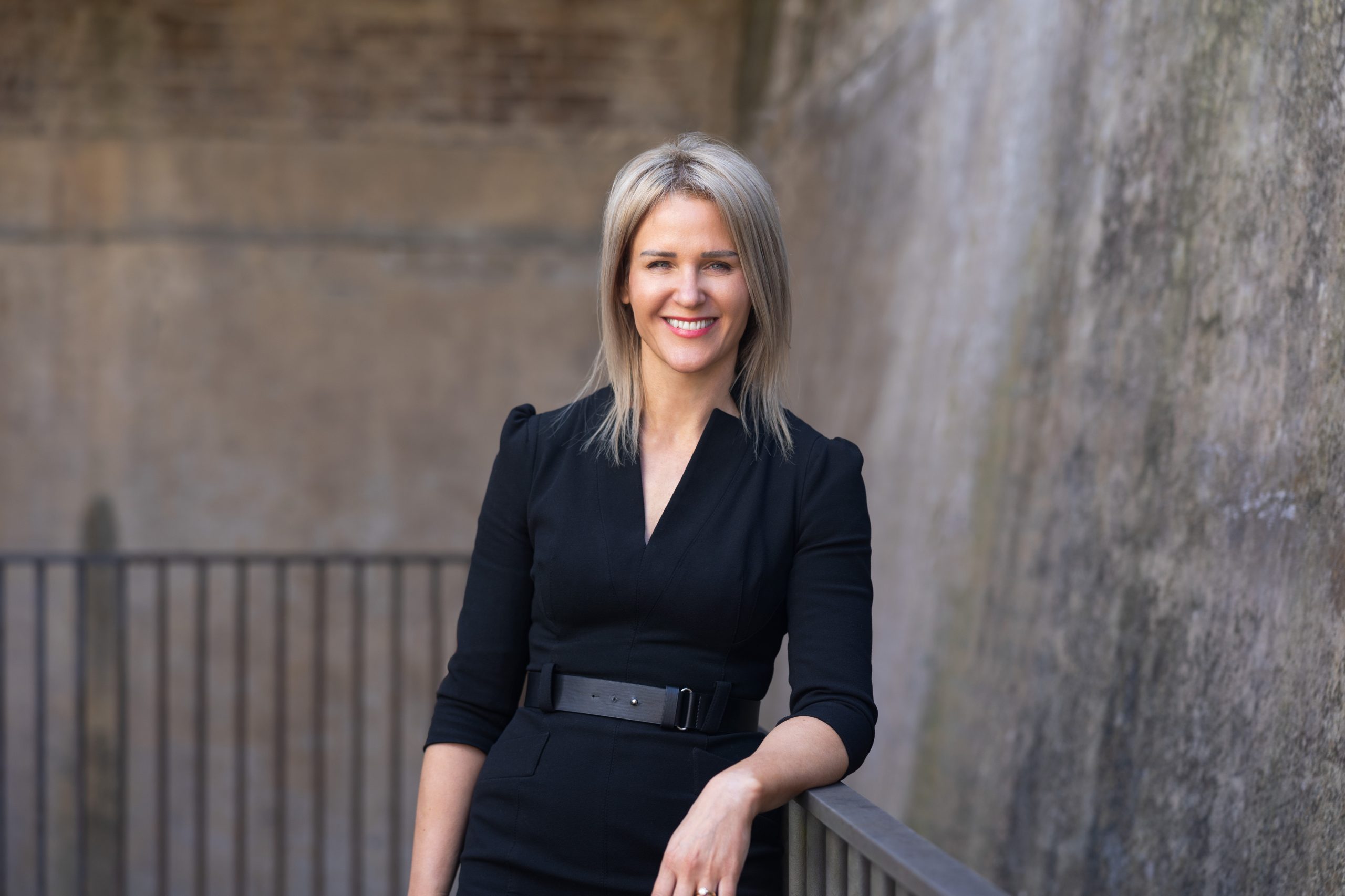
Ms Conisbee says 84 percent of Australian rental homes are owned by private landlords, typically mum and dad investors, and nine percent are owned by governments. “With Australia currently in the midst of a rental crisis, the question of who provides rental properties needs to be considered,” Ms Conisbee said. “We have relied heavily on private landlords for almost all our rental properties but we may not be able to so readily in the future.” She points out that large companies can access and manage debt more easily than private landlords when interest rates are high.
The CBRE report shows that Asia-Pacific investors are also interested in other types of residential properties. These include student accommodation, particularly in high migration markets like Australia, and retirement communities in markets with ageing populations, such as Japan and Korea. Most Asia Pacific investors said they intended to increase or keep their real estate allocations the same this year, with more than 50 percent of Australian respondents intending to invest more.
This stylish family home combines a classic palette and finishes with a flexible floorplan
Just 55 minutes from Sydney, make this your creative getaway located in the majestic Hawkesbury region.
The Republican nominee says it would help bring down home prices, though these buyers account for a fraction of U.S. home sales
Former President Donald Trump said he would ban undocumented immigrants from obtaining home mortgages, a move he indicated would help ease home prices even though these buyers account for a tiny fraction of U.S. home sales.
Home loans to undocumented people living in the U.S. are legal but they aren’t especially common. Between 5,000 and 6,000 mortgages of this kind were issued last year, according to estimates from researchers at the Urban Institute in Washington.
Overall, lenders issued more than 3.4 million mortgages to all home purchasers in 2023, federal government data show.
Trump, the Republican presidential nominee, made his comments Thursday during a policy speech to the Economic Club of New York in Manhattan.
Housing remains a top economic issue for voters during this presidential election. Rent and home prices grew at historic rates during the pandemic and mortgage rates climbed to levels not seen in more than two decades. A July Wall Street Journal poll showed that voters rank housing as their second-biggest inflation concern after groceries.
Both major candidates for the 2024 presidential election have made appeals to voters on housing during recent campaign stops, though the issue has so far featured more prominently in Vice President Kamala Harris ’s campaign.
Trump has blamed immigrants for many of the nation’s woes, including crime and unemployment. Now, he is pointing to immigrants as a cause of the nation’s housing-affordability crisis. Yet some affordable-housing advocates and real-estate professionals said Trump’s mortgage proposal would fail to bring relief to priced-out home buyers.
“It’s unfortunate that given the significant housing affordability crisis that is widely acknowledged across most partisan lines, we are arguing about a minuscule segment of the market,” said David Dworkin, president of the National Housing Conference, an affordable-housing advocacy group.
Gary Acosta, chief executive of the National Association of Hispanic Real Estate Professionals, a trade organization, said, “It’s just another effort to vilify immigrants and to continue to scapegoat them for any issues that we have here in the United States.”
A Trump campaign spokeswoman didn’t immediately respond to a request for comment.
Undocumented immigrants in the U.S. can obtain an obscure type of mortgage designed for taxpayers without Social Security numbers, most of whom are Hispanic. The passage of the USA Patriot Act of 2001 allowed banks to use identification numbers from the Internal Revenue Service as an alternative to Social Security, extending a number of financial services to people without legal status for the first time.
Mortgage loans for undocumented immigrants are typically higher interest and borrowers include legal residents who have undocumented spouses, Acosta said. Lenders include regional credit unions and community-development financial institutions.
In his speech, Trump said that “the flood” of undocumented immigrants is driving up housing costs. “That’s why my plan will ban mortgages for illegal aliens,” he said.
Trump didn’t elaborate on how he would enact a ban on such loans.
Though mortgages for undocumented people living in the U.S. are relatively rare, residential real-estate purchases by foreign nationals are big business , especially in expensive coastal cities such as New York and Los Angeles. These sales have declined in recent years, however.
Close to half of foreign purchases are made by people residing abroad, while the other half are made by recent immigrants or residents on nonimmigrant visas, according to an annual survey by the National Association of Realtors. Many affluent foreigners buy U.S. homes with cash instead of obtaining mortgage financing.
In his Thursday speech, which focused mostly on other economic matters such as energy and taxation, Trump proposed other measures to bring down housing costs, including cutting regulations for builders and allowing more building on federal land. Similar ideas appeared in the housing policy outline Harris released in August .
The former president has spoken on housing-related issues in speeches at other recent campaign stops, including in Michigan last month, where he touted his administration’s 2020 overturn of a policy that had encouraged cities to reduce racial segregation .
“I keep the suburbs safe,” Trump said. “I stopped low-income towers from rising right alongside of their house. And I’m keeping the illegal aliens away from the suburbs.”
This stylish family home combines a classic palette and finishes with a flexible floorplan
Just 55 minutes from Sydney, make this your creative getaway located in the majestic Hawkesbury region.









